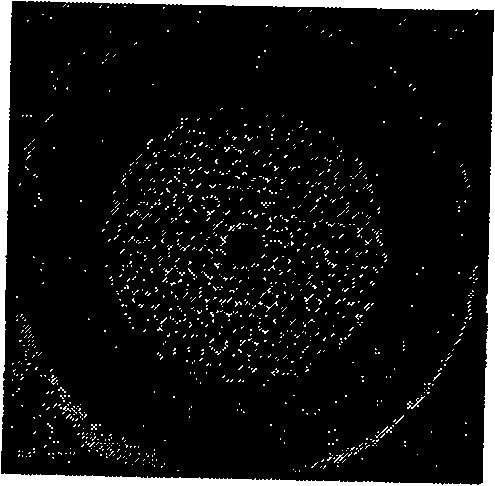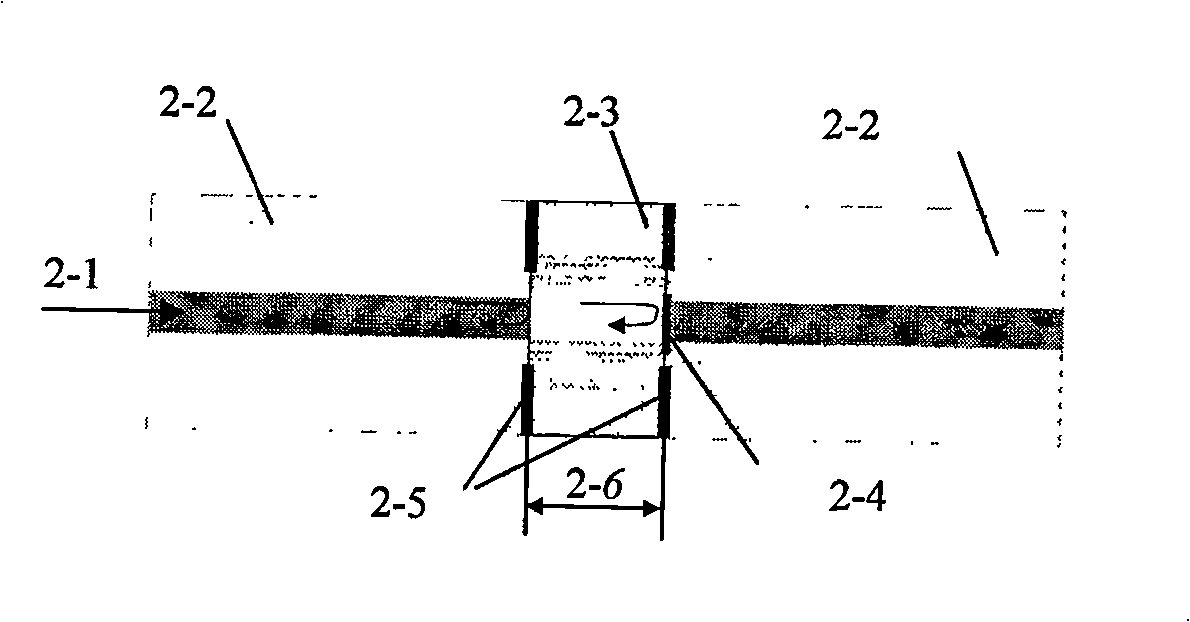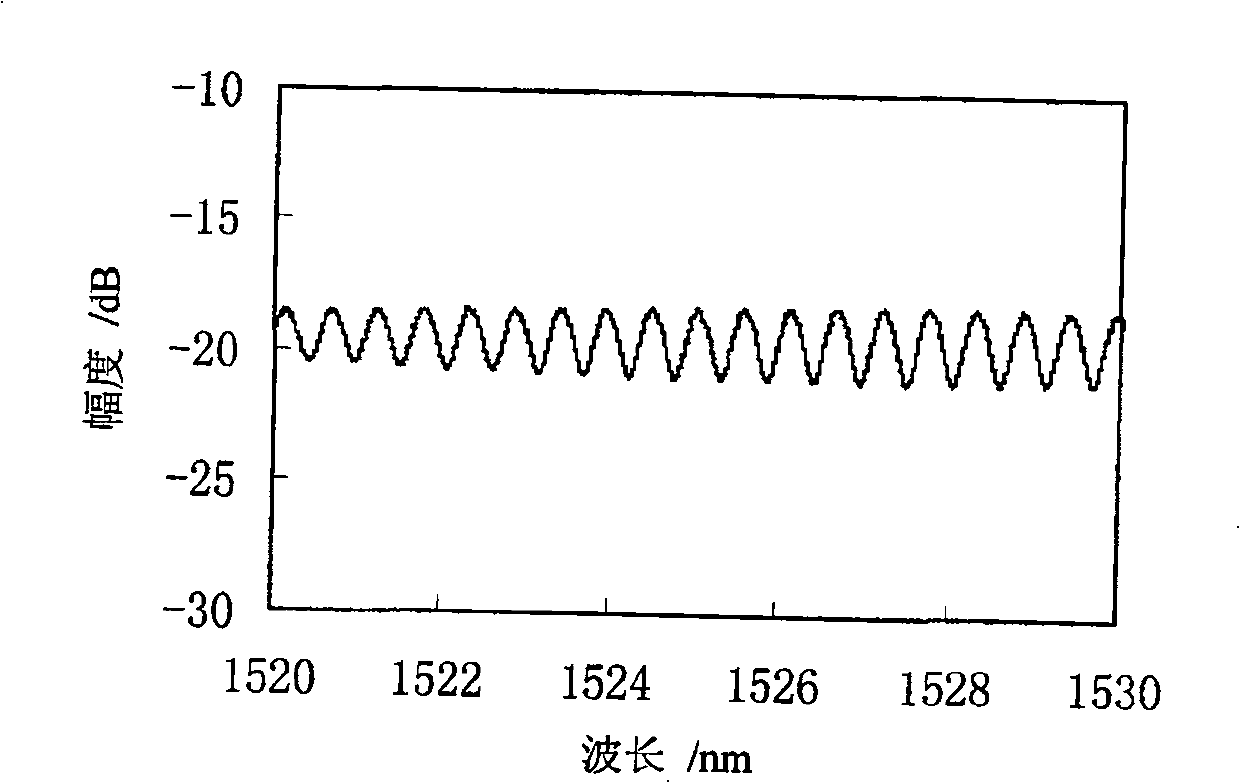Hollow photon crystal optical fiber based Fabry-perot interferometer sensor and its production method
A technology of a hollow-core photonic crystal and a manufacturing method, which is applied in the direction of transmitting sensing components, cladding optical fibers, optical waveguides and light guides by using optical devices, and can solve the problem of affecting the contrast of interference fringes, unfavorable sensing signal extraction, and affecting EFPI large-scale complex Use and other problems to achieve the effect of small temperature change coefficient
- Summary
- Abstract
- Description
- Claims
- Application Information
AI Technical Summary
Problems solved by technology
Method used
Image
Examples
Embodiment Construction
[0015] see figure 2, A new type of EFPI interference sensor, the sensor is composed of two ordinary communication single-mode optical fibers 2-2 and a hollow PCF optical fiber 2-3, the two ends of the hollow core PCF optical fiber 2-3 are respectively connected with two ordinary communication single-mode optical fibers 2 One end of -2 is welded. The hollow-core PCF fiber 2-3 forms the F-P interference cavity of the sensor, and the end faces of the ordinary communication single-mode fiber 2-2 fused with the hollow-core PCF fiber 2-3 respectively form two reflection surfaces of the F-P cavity.
[0016] In order to further improve the signal strength of the EFPI sensor, the end face of the common communication single-mode optical fiber 2-2 at the right end is plated with Ti 2 o 3 film or other reflective film. In order to ensure the mechanical strength of the welding point after coating, Ti 2 o 3 The film or other reflective films can only be coated on the core of the ordin...
PUM
| Property | Measurement | Unit |
|---|---|---|
| diameter | aaaaa | aaaaa |
| length | aaaaa | aaaaa |
| diameter | aaaaa | aaaaa |
Abstract
Description
Claims
Application Information
 Login to View More
Login to View More - R&D
- Intellectual Property
- Life Sciences
- Materials
- Tech Scout
- Unparalleled Data Quality
- Higher Quality Content
- 60% Fewer Hallucinations
Browse by: Latest US Patents, China's latest patents, Technical Efficacy Thesaurus, Application Domain, Technology Topic, Popular Technical Reports.
© 2025 PatSnap. All rights reserved.Legal|Privacy policy|Modern Slavery Act Transparency Statement|Sitemap|About US| Contact US: help@patsnap.com



